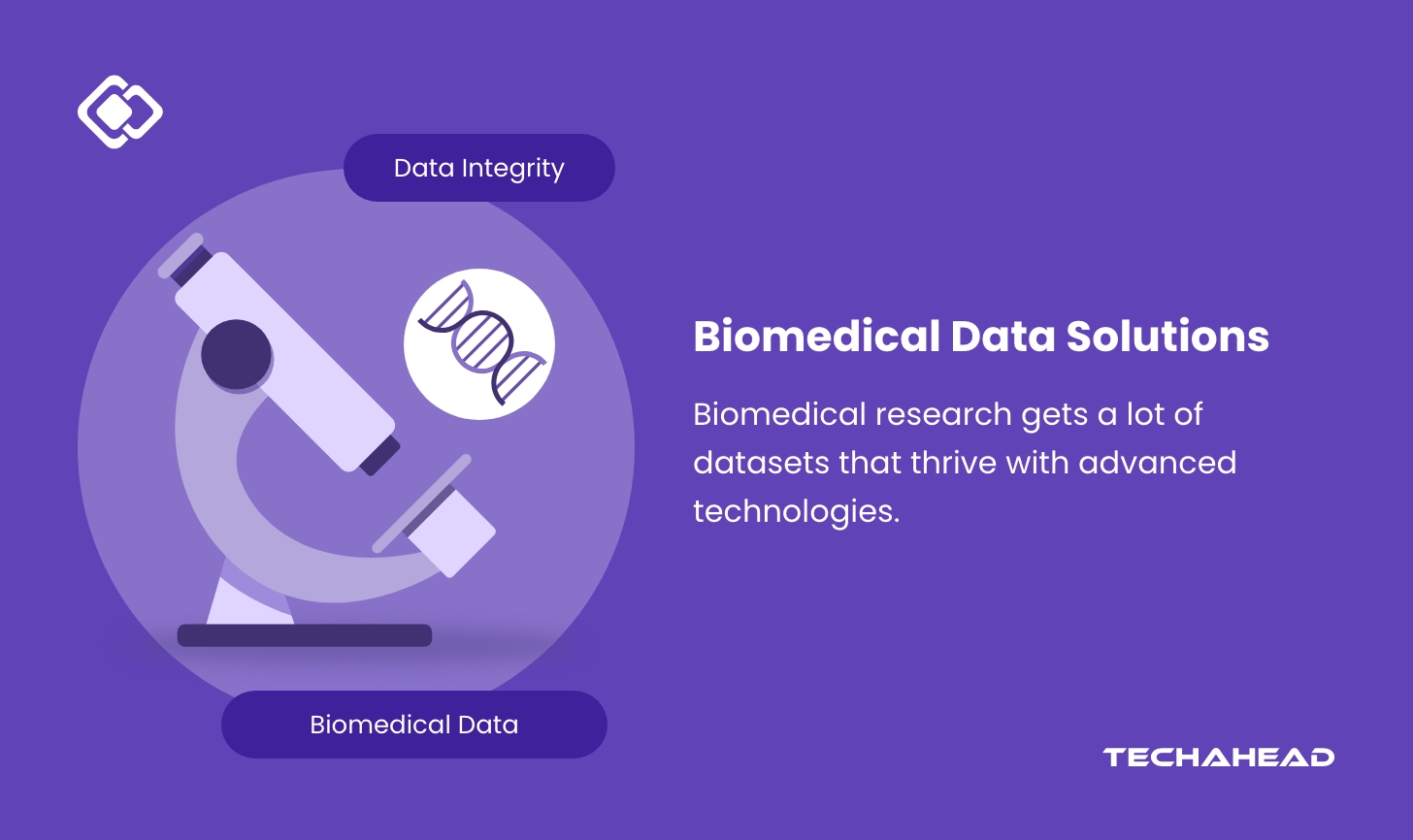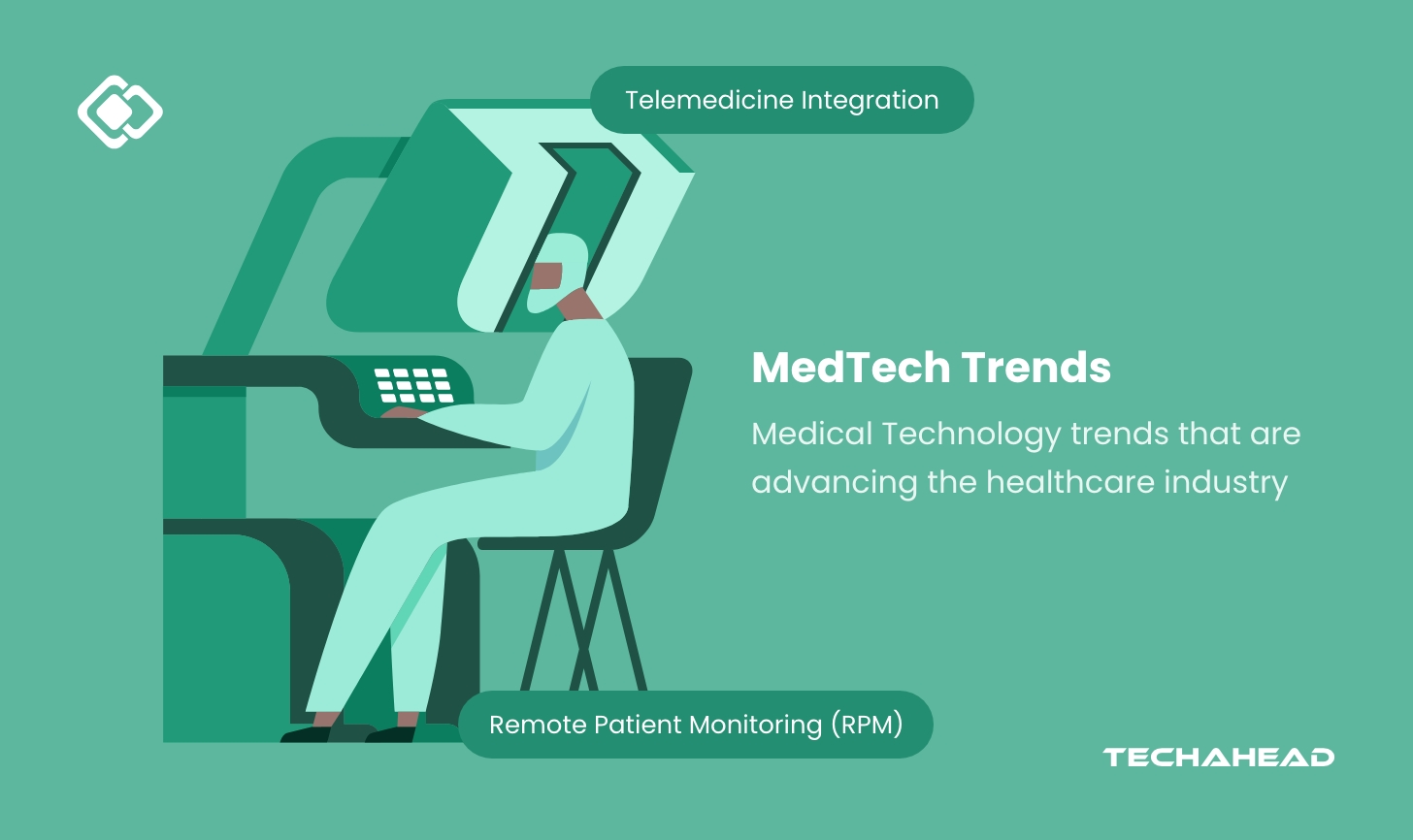
MedTech leaders are strategizing to harness emerging opportunities for value creation amid shifting macroeconomic challenges and evolving industry trends.
The medtech sector has profoundly impacted global health by saving lives and enhancing the quality of life for millions. With a legacy of patient-focused innovation, MedTech companies remain dedicated to advancing healthcare. This commitment is evident from their significant R&D investments, exceeding $42 billion in 2022 alone.
The global medical devices market was valued at $518.46 billion in 2023. It is anticipated to grow to $886.80 billion by 2032, reflecting a robust CAGR of 6.3%. The U.S. market is poised for substantial growth, projected to reach $314.96 billion by 2032. This growth is fueled by a strong pipeline of innovations and rising R&D expenditures by key industry players.
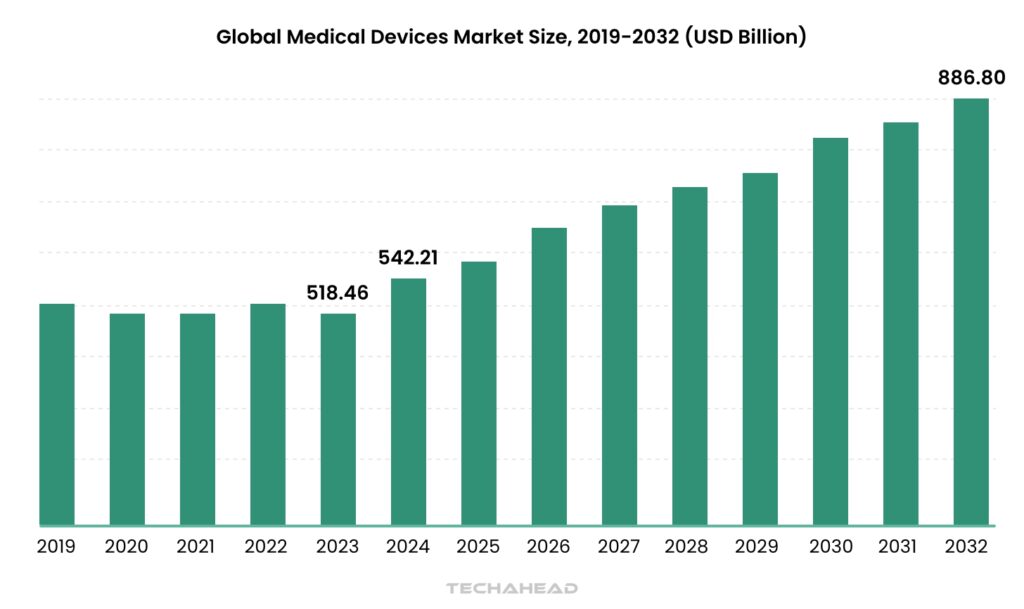
Despite these opportunities, the medtech industry has recently encountered significant disruptions. Challenges such as high inflation, tight capital markets, uncertain supply chains, and geopolitical instability are reshaping the landscape. After delivering consistent growth through 2019, value creation in medtech has slowed.
In response, industry leaders are recalibrating their approaches. They are prioritizing strategies to reignite innovation and foster sustainable growth in a challenging economic environment. This shift underscores the sector’s resilience and its commitment to advancing global healthcare.
Top MedTech Advancement for 2025
Revamping Internal Communication to Enhance Healthcare Employee Retention

Communication: The Backbone of Healthcare Operations
There are unique communication challenges for healthcare providers. It takes smooth communication between frontline employees, administrative personnel, and specialist teams to coordinate across sites. Securing Electronic Health Records (EHRs) adds complexity. Effective communication keeps employees informed and involved while ensuring seamless operations. It is now important to implement efficient and secure communication solutions since scattered teams depend on different devices.
While technologies like remote monitoring and screening tools grab attention, a quieter transformation is reshaping healthcare—modernizing internal communication systems.
Bridging the Gap with Advanced Communication Solutions
Healthcare administrators increasingly turn to innovative platforms to ensure critical information reaches the right teams. Whether it’s the ER staff, administrators, or leadership, real-time communication tools are indispensable. These technologies enhance daily operations and facilitate rapid crisis responses, reducing miscommunication and boosting care quality.
Modern communication platforms simplify sharing regulatory updates, policy changes, and urgent notices, ensuring compliance with healthcare standards like HIPAA. They also enhance patient data security by integrating seamlessly with existing IT systems, mitigating privacy risks.
Retaining Talent with Engagement and Two-Way Communication
Employee retention remains a critical challenge in healthcare. Clear, consistent communication can significantly improve engagement and retention. When staff feel informed, supported, and involved in decision-making. They are more likely to remain loyal to their organizations.
Two-way communication systems empower employees to voice concerns, fostering inclusivity and trust. Leaders can use these platforms to address issues proactively, preventing burnout and reducing runovers. Such tools also help build a culture of collaboration, where staff feel connected to organizational goals and their role in achieving them.
In high-stress environments like healthcare, these measures can significantly boost morals. A sense of community and recognition enhances job satisfaction, reducing attrition rates.
Why Modernize Communication Platforms Now?
Upgrading communication systems is no longer optional for healthcare facilities. Advanced platforms streamline complex workflows, enhance engagement, and strengthen retention efforts. They also ensure compliance with regulations, improve operational efficiency, and ultimately elevate the quality of care.
Investing in robust internal communication technology is essential to navigate modern healthcare challenges and secure a thriving workforce.
Cybersecurity: Protecting Healthcare in the Digital Age
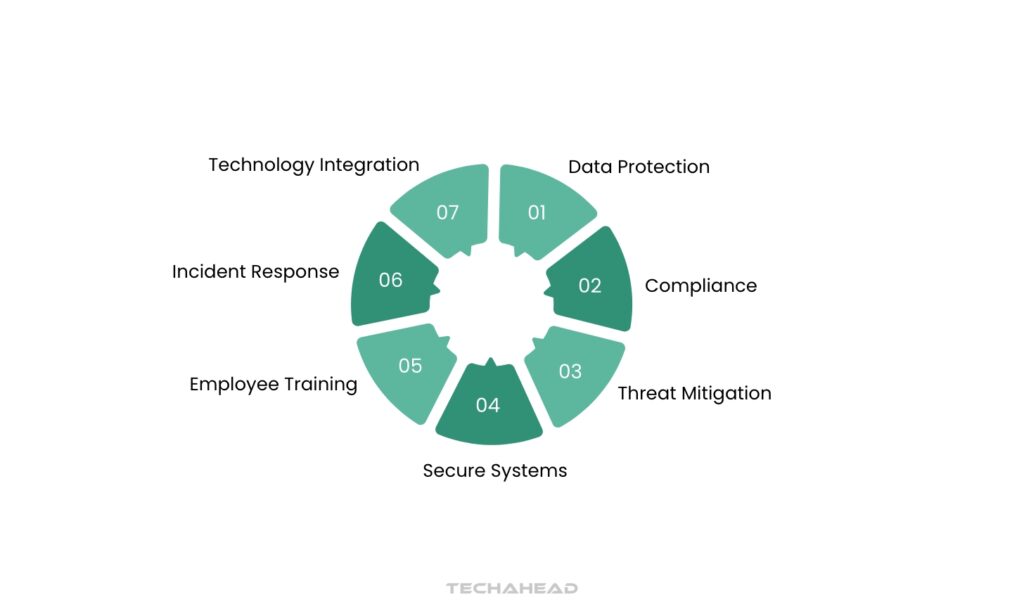
The Rising Threat of Cyberattacks in Healthcare
The healthcare sector faces growing risks from increasingly sophisticated cyber attacks. Hackers target healthcare networks due to their critical role and valuable data. The rapid adoption of digital technologies, particularly during the pandemic, has often outpaced cybersecurity measures, leaving organizations exposed. This digital shift, while essential for advancing care, created vulnerabilities that require immediate attention.
Data Security: The Bedrock of Healthcare Protection
Securing patient data and electronic medical records (EMRs) is the cornerstone of healthcare cybersecurity. The Health Insurance Portability and Accountability Act (HIPAA) enforces strict data protection standards, necessitating regular protocol evaluations. Patient data is highly valuable on the black market, making vigilance against threats essential.
Modern patient care relies heavily on telemedicine, wearable devices, and connected health systems. While these tools revolutionize care delivery, they introduce new security challenges. Healthcare organizations must adopt advanced security solutions to shield these tools from breaches.
To meet evolving threats healthcare facilities are integrating real-time monitoring and artificial intelligence threat detection. These measures ensure continuous data protection, even against rapidly emerging cyber risks.
Patient Privacy in the Era of Connected Health
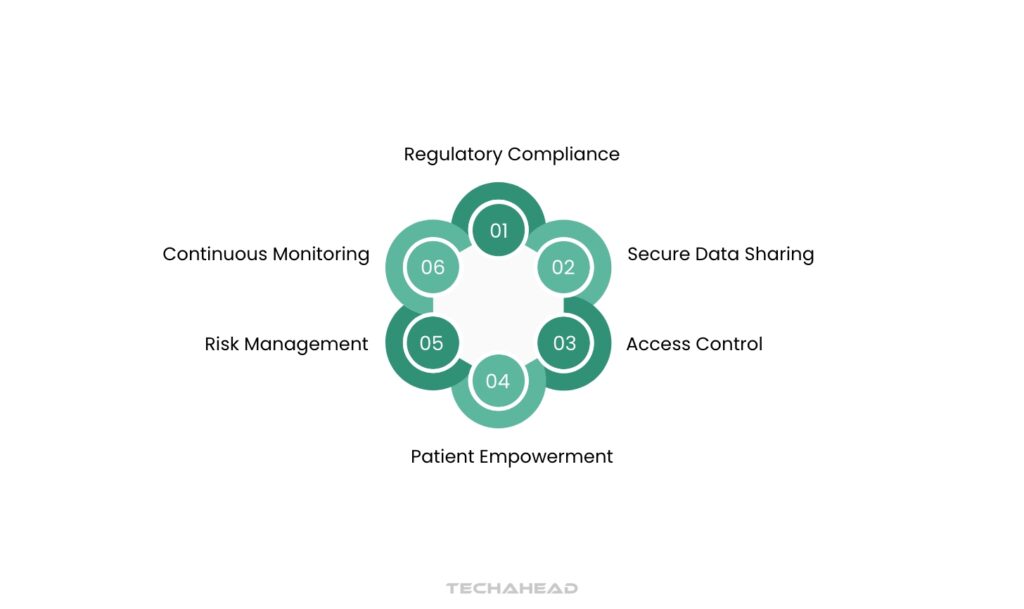
The rise of innovations like wearable devices and the Internet of Medical Things (IoMT) has expanded privacy concerns. These technologies enable personalized care and remote monitoring, transforming patient outcomes. However, they also increase the risk of exposing sensitive personal health information (PHI).
Healthcare organizations must balance leveraging digital health tools with safeguarding privacy. Investing in robust encryption, multi-factor authentication, and secure device management is critical. This approach protects patient trust and ensures compliance with privacy regulations.
Navigating GDPR and HIPAA: Setting the Global Standard
While HIPAA governs patient data security in the U.S., organizations dealing with EU citizen data must adhere to GDPR standards. GDPR, one of the world’s strictest privacy laws, applies globally to any organization managing EU data. Non-compliance results in significant penalties, underscoring the need for robust cybersecurity.
For U.S. healthcare providers serving international patients, aligning with GDPR is non-negotiable. Implementing encryption, data anonymization, and cross-border data flow protections helps meet these stringent requirements.
By integrating HIPAA and GDPR compliance into cybersecurity frameworks, healthcare organizations enhance global operational credibility and trust.
The Future of Cybersecurity in Healthcare
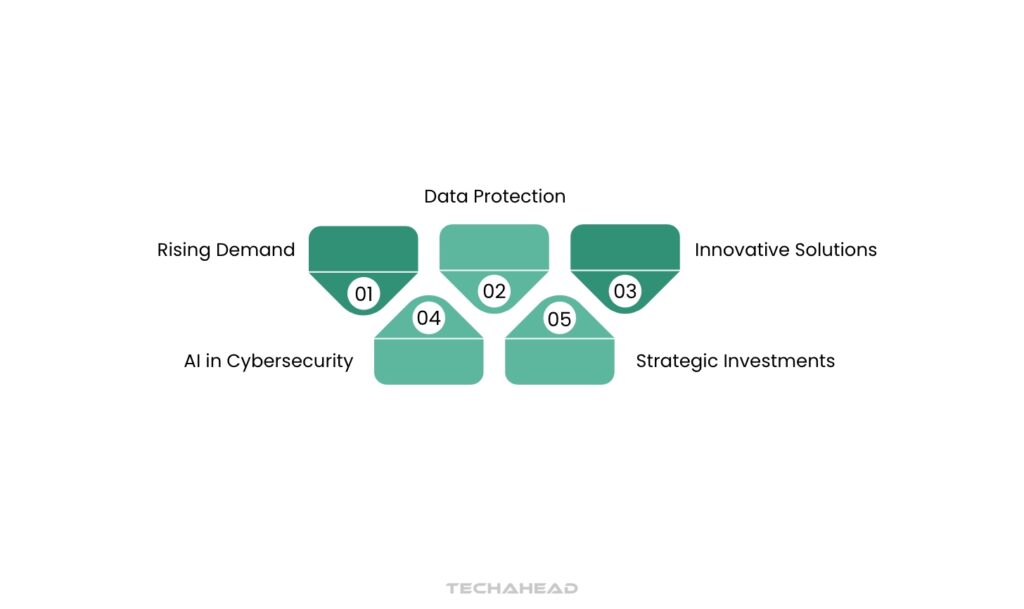
As healthcare’s reliance on digital technologies deepens, the demand for advanced cybersecurity solutions is accelerating. Protecting sensitive patient data while complying with evolving privacy regulations is now a top priority.
Future-ready solutions include cloud-based storage systems, VPNs, and advanced network access controls. AI-driven security platforms are also gaining traction, offering predictive insights and proactive defense against emerging threats.
To remain resilient, healthcare IT teams must prioritize cybersecurity investments, ensuring both data integrity and uninterrupted patient care.
AI and Machine Learning: Revolutionizing Healthcare
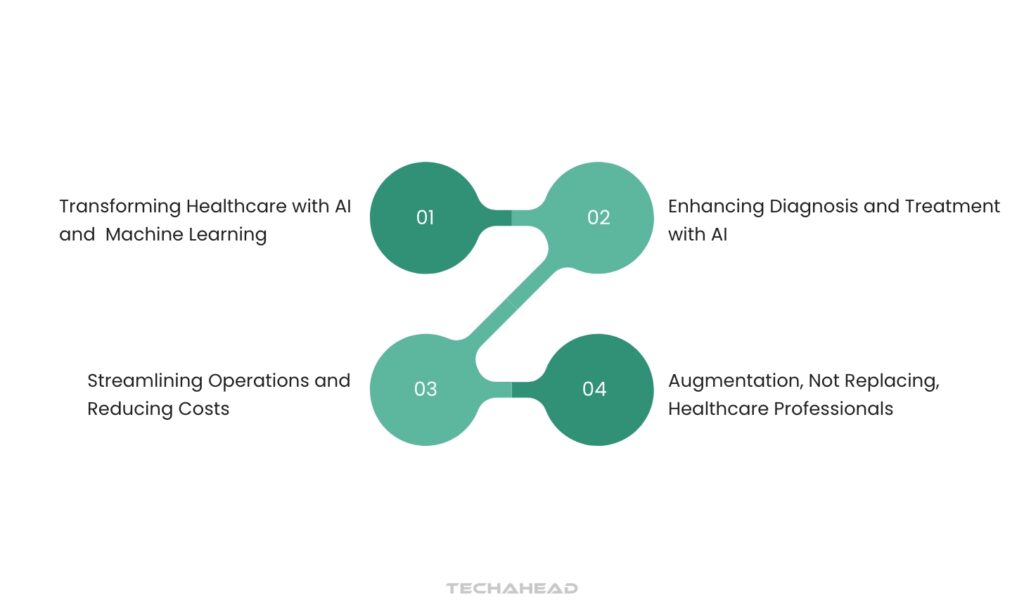
Transforming Healthcare with AI and Machine Learning
Artificial intelligence (AI) and machine learning (ML) are driving groundbreaking AI in healthcare. These technologies empower providers with tools for accurate diagnoses, personalized treatments, and efficient operations. Machine learning, a critical subset of AI, uses vast datasets to identify patterns and improve predictions over time.
Healthcare organizations are harnessing ML to address challenges that were once considered insurmountable. For instance, ML algorithms excel at analyzing complex medical imaging data, detecting early cancer signs with precision that surpasses human capabilities. Similarly, predictive models identify at-risk patients, allowing providers to implement timely interventions and prevent complications.
Enhancing Diagnosis and Treatment with AI
Machine learning is transforming diagnostics by identifying conditions early and accurately. AI-driven tools process large datasets, such as lab results, genetic profiles, and medical histories. These tools detect subtle patterns signaling potential illnesses long before traditional methods. Early detection enables timely treatment and significantly improves patient outcomes.
In treatment personalization, AI leverages past medical data, patient-specific information, and therapy outcomes to recommend targeted interventions. This precision medicine approach minimizes trial-and-error treatments, enhancing care effectiveness and reducing unnecessary costs.
AI also contributes to decision support by offering healthcare professionals data-backed insights. These recommendations guide clinicians, ensuring evidence-based diagnoses and treatment strategies.
Streamlining Operations and Reducing Costs
AI and machine learning are optimizing healthcare operations, addressing inefficiencies, and cutting costs. Administrative automation, such as medical record management and billing, reduces errors while freeing staff for critical tasks.
Predictive models analyze hospital data to forecast patient admission trends. This insight allows for better workforce planning, resource allocation, and inventory management. By optimizing these areas, healthcare organizations improve patient satisfaction through reduced wait times and seamless service delivery.
AI also prevents overstaffing and waste by aligning resource deployment with actual needs. These solutions not only enhance efficiency but also ensure financial sustainability for healthcare providers.
Augmentation, Not Replacing, Healthcare Professionals
AI and ML are designed to support healthcare workers, not replace them. These technologies handle data-heavy tasks, such as analyzing imaging scans or predicting patient trends, enhancing the productivity of medical teams.
However, human judgment remains indispensable, particularly in complex cases requiring empathy and nuanced decision-making. AI acts as a collaborator, providing actionable insights while relying on professionals for critical interventions.
By combining AI’s computational power with human expertise, healthcare systems achieve a balanced approach to delivering superior care. The future of healthcare lies in this partnership, where technology amplifies the capabilities of dedicated professionals.
Digital Healthcare Service Through Augmented Reality
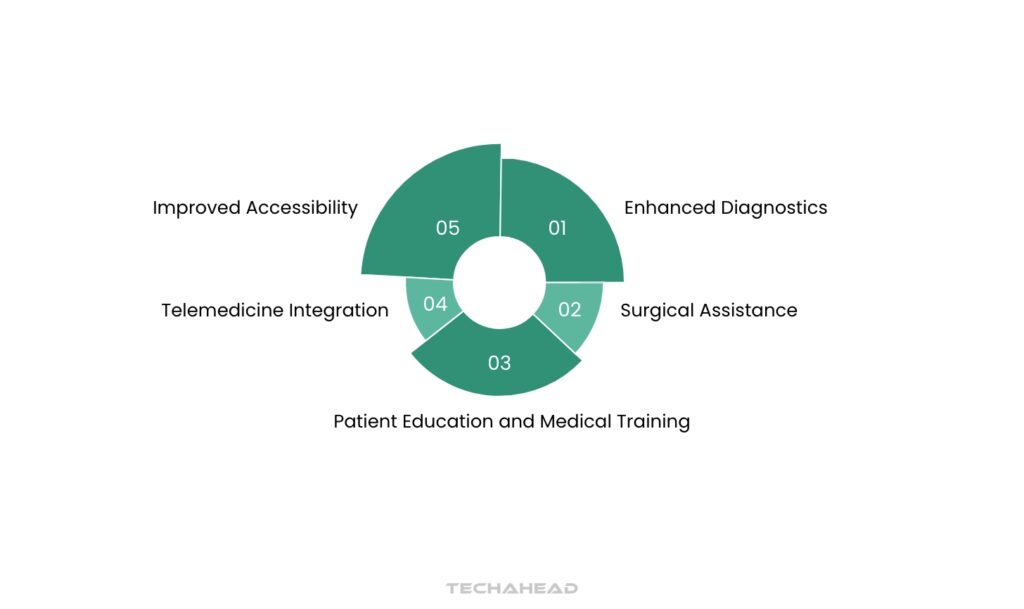
Revolutionize Healthcare with AR and VR
The healthcare industry is leveraging cutting-edge technologies like virtual reality (VR) and augmented reality (AR) to transform care delivery, training, and operational efficiency. Once considered entertainment tools, these innovations now play pivotal roles in healthcare by enabling risk-free simulations, precise treatments, and advanced diagnostics.
Mitigating Risk with Healthcare Technology and Communication
In healthcare, communication isn’t just operational—it’s foundational to risk mitigation. Breakdowns in communication—whether among staff, departments, or patients—can trigger errors, delays, and critical medical incidents. Emerging healthcare technology trends are reshaping information sharing and management, mitigating these risks through enhanced connectivity.
Optimizing Information Flow to Minimize Risks
Innovative communication platforms empower healthcare leaders to deliver critical information precisely when needed. These tools streamline workflows, enhance decision-making, and reduce miscommunication, culminating in improved patient outcomes and minimized operational risks.
Engaging Employees to Reduce Risks
Engagement tools like Lehigh Valley Health Network’s strategy emphasize the importance of keeping employees informed. Real-time access to role-specific information ensures accurate decision-making, minimizing the risks of errors, misdiagnoses, and treatment delays. By fostering confident and well-informed teams, healthcare organizations mitigate risks while ensuring regulatory compliance.
Telemedicine and Remote Patient Monitoring: The Future of Accessible Care
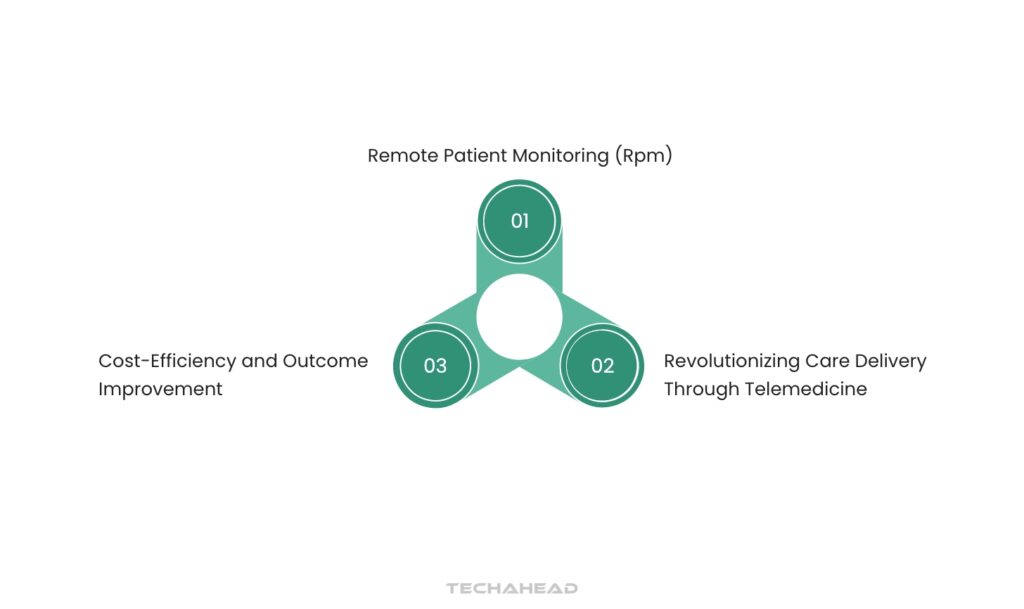
Revolutionizing Care Delivery Through Telemedicine
Telemedicine has transformed healthcare access by enabling remote consultations via video calls, secure messaging, and virtual platforms. This approach offers unparalleled convenience for non-emergency care while breaking barriers for underserved populations. Initially driven by the pandemic, telemedicine now stands as a mainstay for routine checkups, chronic disease management, and follow-ups, bridging the gap between accessibility and efficiency.
Remote Patient Monitoring (RPM)
RPM enhances telemedicine by continuously tracking patient health through wearables and connected devices. Chronic conditions like diabetes or hypertension benefit significantly from real-time data monitoring, enabling prompt clinical interventions and reducing hospital readmissions. For high-risk or elderly patients, RPM offers a safety net, addressing health anomalies before they escalate.
Cost-Efficiency and Outcome Improvement
Telemedicine and RPM reduce the frequency of in-person visits, cut healthcare costs, and enhance outcomes. Providers manage larger patient volumes efficiently while empowering individuals with better control over their health journeys. Advanced analytics and AI integration further personalize care, delivering insights tailored to individual health needs.
Automation in Administrative Processes
Streamlining Operations With Automation
Administrative automation is revolutionizing healthcare by minimizing manual errors, optimizing workflows, and reallocating resources toward patient care. Tasks like billing, scheduling, and electronic health record (EHR) management benefit from increased accuracy and speed, reducing compliance risks and operational bottlenecks.
Integrating Automation With Communication Platforms
Seamless integration between automation systems and internal communication platforms ensures that staff receive timely updates on tasks, schedules, and critical changes. For instance, automated scheduling systems can instantly notify employees about shift adjustments, enhancing coordination and minimizing disruptions.
Boosting Engagement and Compliance
By offloading repetitive tasks to automated systems, healthcare staff gain the bandwidth to focus on clinical care, improving both satisfaction and performance. Healthcare Automation also ensures adherence to evolving regulatory requirements, reducing the risks of non-compliance and potential penalties.
Data Interoperability and Standardization

Enable Seamless Data Exchange
Data interoperability ensures that diverse healthcare technologies communicate efficiently, enabling providers to access accurate, real-time data. From EHRs to diagnostic tools, interoperable systems empower better decision-making, improve diagnoses, and enhance care delivery.
Driving Standardization Across Systems
Standardization eliminates the inefficiencies caused by incompatible data formats, fostering seamless integration between legacy systems and modern platforms. Consistent protocols ensure that information is preserved and interpreted correctly, minimizing errors and accelerating patient care.
Promoting Health Equity Through Interoperability Systems
Interoperable solutions bridge the gap between urban and rural healthcare, ensuring continuity of care regardless of geographic constraints. By standardizing and integrating data from remote monitoring devices, providers can deliver equitable, high-quality care to underserved populations.
Digital Training and Upskilling
Flexible Learning for Modern Healthcare Needs
Digital platforms offer healthcare professionals on-demand training opportunities through e-learning modules, virtual simulations, and AI-powered tools. This approach eliminates geographical and scheduling barriers, enabling providers to enhance skills without compromising patient care.
Collaborative and Peer-Driven Development
Interactive platforms foster collaboration through discussion forums, live Q&A sessions, and real-time problem-solving, cultivating a culture of shared knowledge and continuous improvement.
Democratizing Access to Education
By removing traditional barriers like cost and location, digital learning platforms ensure equal opportunities for professional development. This democratization enriches healthcare systems and directly improves patient outcomes.
Internet of Medical Things (IoMT)

Revolutionizing Patient Monitoring
IoMT integrates wearable sensors, connected devices, and cloud systems to deliver real-time patient health data to providers. This continuous monitoring enables personalized care plans, timely interventions, and reduced hospital readmissions.
Harnessing Data for Predictive Insights
IoMT devices leverage cloud computing and AI to analyze vast datasets, identifying patterns that help predict complications and optimize care delivery.
Building a Patient-Centered Future
IoMT technologies promote efficiency and patient-centric care by enabling seamless monitoring and integrating actionable data into clinical workflows. As the adoption of IoMT grows, healthcare will become increasingly proactive, personalized, and accessible.
Conclusion
The healthcare sector is undergoing a significant transformation, driven by cutting-edge healthcare technology trends. These advancements are reshaping patient care and streamlining administrative workflows. Technologies like AI and machine learning enhance diagnostic accuracy and boost operational efficiency. Meanwhile, automation reduces repetitive tasks, and interoperable systems enable seamless data sharing, fostering a connected, efficient, and patient-focused healthcare ecosystem.
As these innovations continue to evolve, robust communication platforms play a pivotal role in healthcare settings. Internal messaging systems ensure healthcare professionals stay informed, aligned, and engaged with organizational objectives. These platforms enable the real-time exchange of critical information, which minimizes risks, strengthens compliance measures, and elevates patient care standards.
For healthcare organizations aiming to stay ahead in the digital health revolution, prioritizing a strong communication strategy is essential. Advanced communication tools help healthcare providers adapt to technological changes and meet the rising demands of modern healthcare.
If your organization seeks to enhance internal communication and optimize messaging, explore TechAhead’s tailored solutions. Contact us for a personalized demo to elevate your healthcare communication strategy today!

FAQs
The MedTech industry is rapidly evolving, with trends like artificial intelligence (AI) and machine learning enhancing diagnostics and treatment personalization. Cybersecurity advancements ensure patient data protection amidst growing digitalization. Telemedicine and remote patient monitoring improve accessibility and convenience, especially for underserved areas. Automation streamlines administrative workflows, reducing errors and freeing resources for patient care. The Internet of Medical Things (IoMT) integrates wearable devices and cloud systems for real-time health monitoring, fostering proactive healthcare approaches.
Cybersecurity is critical in safeguarding sensitive patient data, such as electronic medical records (EMRs) and health metrics collected via connected devices. It mitigates risks from breaches and cyberattacks, ensuring compliance with regulations like HIPAA in the U.S. and GDPR in Europe. By integrating real-time monitoring, advanced encryption, and multi-factor authentication, healthcare providers can protect against evolving threats while maintaining patient trust and ensuring uninterrupted care delivery.
AI revolutionizes healthcare by analyzing large datasets to detect patterns and provide accurate diagnostics. It enables early disease detection, which improves treatment outcomes. AI-driven tools personalize therapies by using patient-specific data, minimizing trial-and-error in treatment plans. Predictive analytics help healthcare providers anticipate patient needs, optimize resource allocation, and prevent complications. Additionally, AI streamlines operations, such as automating administrative tasks and improving decision-making for clinicians.
Telemedicine enhances accessibility by providing remote consultations via video calls and virtual platforms, allowing patients to seek care without traveling. It bridges healthcare gaps for rural and underserved populations, offering routine checkups, chronic disease management, and follow-up care. Remote Patient Monitoring (RPM) complements telemedicine by using wearable devices to track real-time health data, enabling early interventions and reducing hospital visits. Together, these innovations lower costs, improve patient outcomes, and make healthcare more accessible.
Internal communication is the backbone of efficient healthcare operations. It ensures that staff across departments and locations remain informed about critical updates, policies, and patient data. Advanced communication tools streamline workflows, reduce errors, and support regulatory compliance by securely transmitting sensitive information. Two-way communication systems empower employees to voice concerns and foster collaboration, improving job satisfaction and retention. In high-pressure environments like healthcare, seamless communication is essential for minimizing risks and delivering high-quality patient care.

